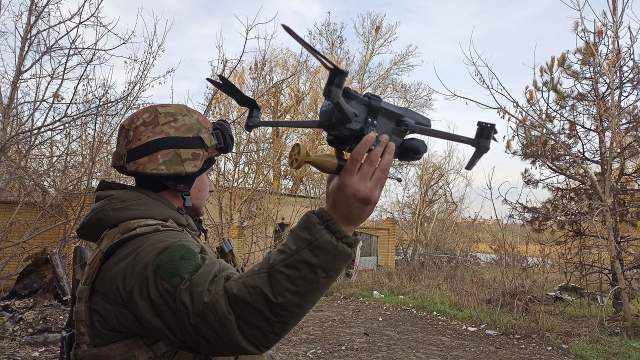How "small aviation" works in the Avdiivka directionMore recently, there was a fortified area here — it was from here that the Ukrainian troops hit the village of Peski with direct fire.
But after the release of the Experienced, they lost this opportunity. The correspondent of Izvestia was one of the first to visit the advanced positions of our troops and the training ground of the 11th regiment of the first army corps, learned about the situation in the Avdiivka direction and talked with the operators of reconnaissance and shock copters.
Small "bombers"
After the loss of the village of Opytne and the entry of units of the first army corps into Vodiane, the AFU can no longer shell the surroundings of Sand and the outskirts of Donetsk, our fighters say.
— The situation at our site is stable — the enemy has reduced activity, we suppress it on our own, — says the operator of the UAV with the call sign "Small".
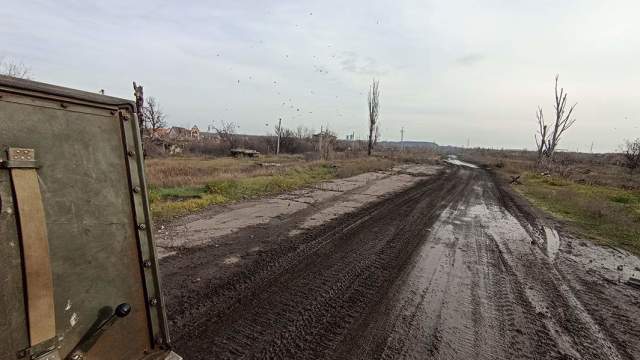
Photo: IZVESTIA/Dmitry Astrakhan
Image source: iz.ru
Indeed, the road that a couple of weeks ago could only be overcome by small groups and on foot, today we are passing by BMP-3. From the armor of the car, you can see how strong a fortified area the Sands were turned into. The BMP passes between the Ukrainian gabions through buried passages and firing points. Under the houses, caponiers for equipment and dugouts, bags in the windows, remnants of camouflage nets and trenches going into the basements are clearly visible. Destroyed Ukrainian equipment remained in some caponiers.
We hide the BMP in a shelter, and already on foot we go to the position from which the UAV operators work. It is necessary to go carefully: only the paths and positions have been cleared, there are still a lot of anti-personnel mines in the village.
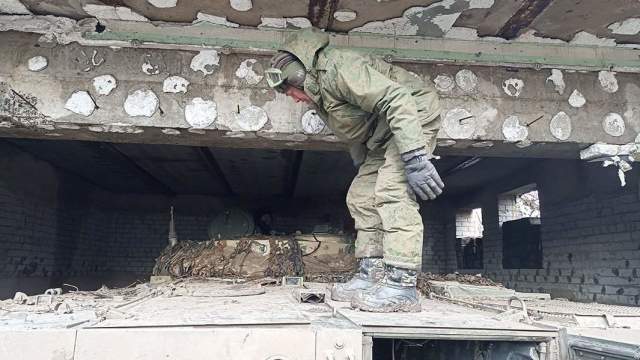
Photo: IZVESTIA/Dmitry Astrakhan
Image source: iz.ru
— At the moment, there is nowhere without copters. Everything is done with their help. There are no observation posts and reconnaissance devices comparable to them in terms of capabilities — this explains why UAV operators continue to work actively, even in relative calm.
His partner has stabilizers for grenades dropped from quadrocopters printed on a 3D printer from the pouches on his bulletproof vest. Small unmanned aircraft has long turned into a standard strike vehicle here.
Today's take—off point is a former Ukrainian mortar position. Among the sandbags left in the corner of the former garage are cardboard shipping tubes from mortar mines. The marking shows that they are Bulgarian-made.
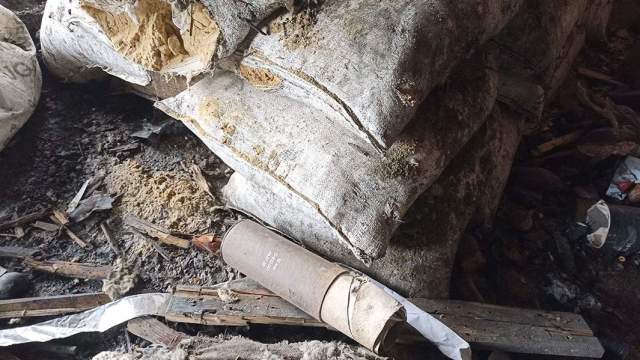
Photo: IZVESTIA/Dmitry Astrakhan
Image source: iz.ru
"Drones" immediately raise the first device, its task is to conduct additional reconnaissance of the area. While he is working, a second copter is being prepared for departure, which will already go with a bomb load. To do this, a device is attached to it for suspension and discharge of ammunition, the clip of which opens at the signal of the remote control.
The reset control circuit is triggered by switching on the signal light on the copter. As a striking element, the shots of the AGS automatic grenade launcher are used, to which the stabilizers are attached. The operator carefully screws the shock fuses into place of the regular ones. All parts are made using 3D printing: their mass production was set up by volunteers. Printers have already been handed over to the 11th Regiment so that the soldiers can use them when the fighting becomes more mobile. Printed models are constantly being improved, volunteers and soldiers exchange new designs, experience in their use and drawings.
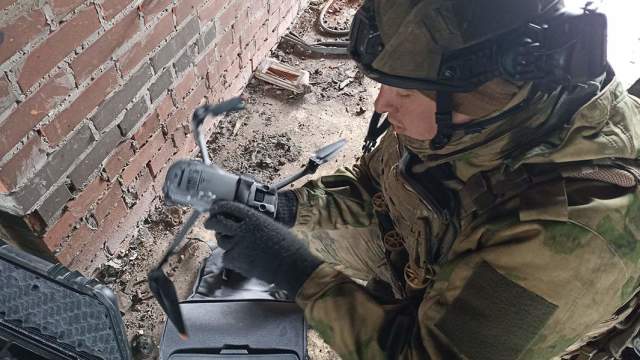
Photo: IZVESTIA/Dmitry Astrakhan
Image source: iz.ru
As soon as the reconnaissance is over, the "bomber" rises into the sky and goes towards the enemy, quickly finds the desired location and drops its cargo.
— It's easier to work in a pair: one bombs, the second searches and corrects. In my department, anyone can do any job. One person can fire, adjust, and fly. Therefore, if necessary, we will be able to work from several points at once," says Maloy.
Fire at random
On the way back, before landing our "board", we notice the flight of another UAV in the distance and manage to note the intensity of air traffic in this corridor. After a few minutes, an enemy tank starts firing on the outskirts of the village. A little later, the anti-aircraft gun of the ZU begins to work-23-2 — moreover, by "air", not far from the place of flight of our quadrocopters. Shell bursts are clearly visible against the sky.
Photo: IZVESTIA/Dmitry Astrakhan
Image source: iz.ru
— Earlier, enemy tanks left the Water and "dismantled" the Sands. We were in line of sight. Now, when the allies on the right have pushed them, and they have become afraid to ride on big "boxes", Ukrainians work from afar, from Thin. This shooting is "into milk", into nowhere, we are not even afraid anymore, — an officer with the call sign "Angara" listens to the explosions of tank shells in the distance and explains what is happening.
I ask him about the anti-aircraft gun, which is firing in a direction where no one has been for some time.
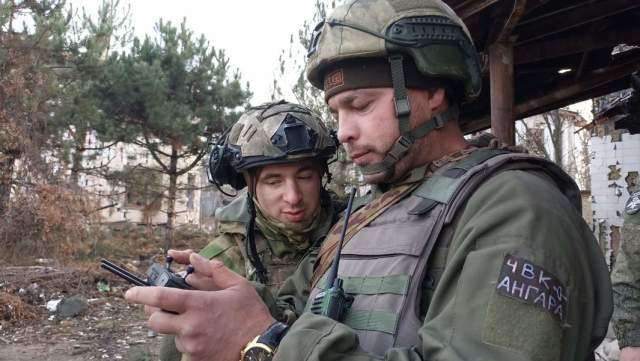
Photo: IZVESTIA/Dmitry Astrakhan
Image source: iz.ru
— They are using the "Zushka" (the so-called 23-mm anti-aircraft gun) to try to stop our unmanned groups, our small aircraft. But it's just ridiculous," answers Angara.
According to him, with the help of such weapons, it is technically impossible to detect drones and fire at them with precision.
Preparing for battle
On the same day, at the training ground of the 11th regiment, we observe classes among scouts. Volunteer instructor Dmitry Uskov conducts tactical medicine training for the reconnaissance company. These are not just lectures: Dmitry brought a large number of training harnesses for the courses, the techniques are immediately practiced live. Many of them are already known to experienced soldiers, but in any case, everyone is glad to have the opportunity to get better acquainted with the non-standard means that volunteers supply to the troops.
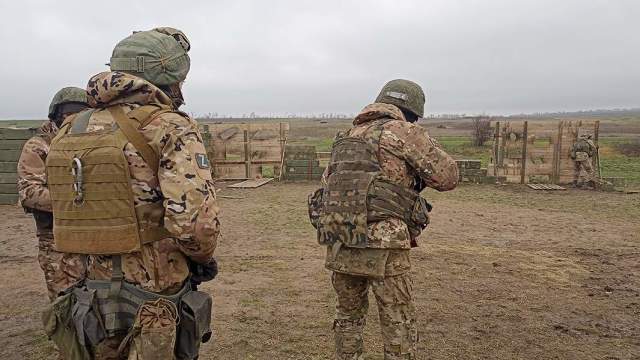
Photo: IZVESTIA/Dmitry Astrakhan
Image source: iz.ru
During classes, scouts who have begun to freeze are allowed to "warm up": a short break is taken for shooting training, which takes place among imitations of shelters made from boxes used in urban battles.
— We are all used to having either a turnstile or an Esmarch rubber harness. There are new silicone harnesses, I have not met such before and have not even heard of them," says a serviceman with the call sign "Parquet" to the sounds of shooting.

Photo: IZVESTIA/Dmitry Astrakhan
Image source: iz.ru
After the break, classes continue, and the practice of providing assistance to the wounded begins, as close as possible to real conditions. Scouts crawl up to the conditional victim and put a tourniquet on his arm and leg. All this is done from a prone position — the way it would happen under fire.
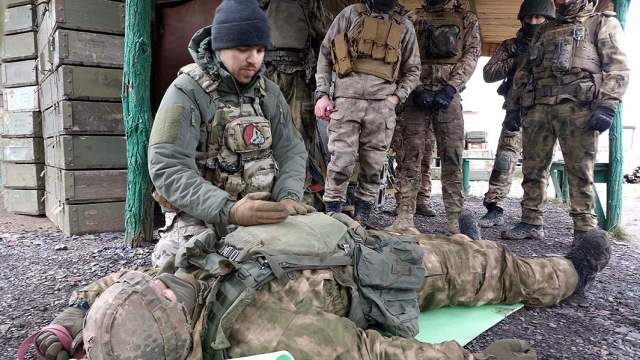
Photo: IZVESTIA/Dmitry Astrakhan
Image source: iz.ru
— Knowledge is not superfluous. It is not difficult to repeat them again, put them in your head and work out in practice, bring them to automatism. Otherwise, at critical moments, you can forget something and harm your friend," continues Parquet, who over the years of service has had to help more than once, and see how others do it.
Then the instructor demonstrated how to properly examine the wounded man in full gear, put him on a stretcher and fix him on them. At the same time, for practice, as a conditional victim, they chose not the lightest, as is usually the case, but on the contrary, the heaviest of those present.
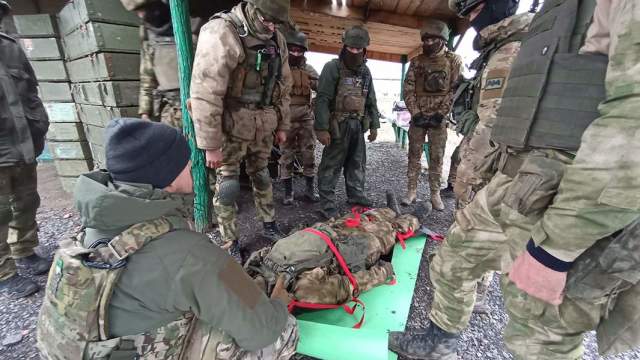
Photo: IZVESTIA/Dmitry Astrakhan
Image source: iz.ru
Both in the Sands and at the training ground, there is an expectation of an early resumption of active fighting in the Avdiivka direction. While artillery and UAVs continue to work to deplete the forces of the AFU garrison, soldiers are trying to recover. No one is counting on a long lull before the liberation of the major city closest to Donetsk.
Dmitry Astrakhan
